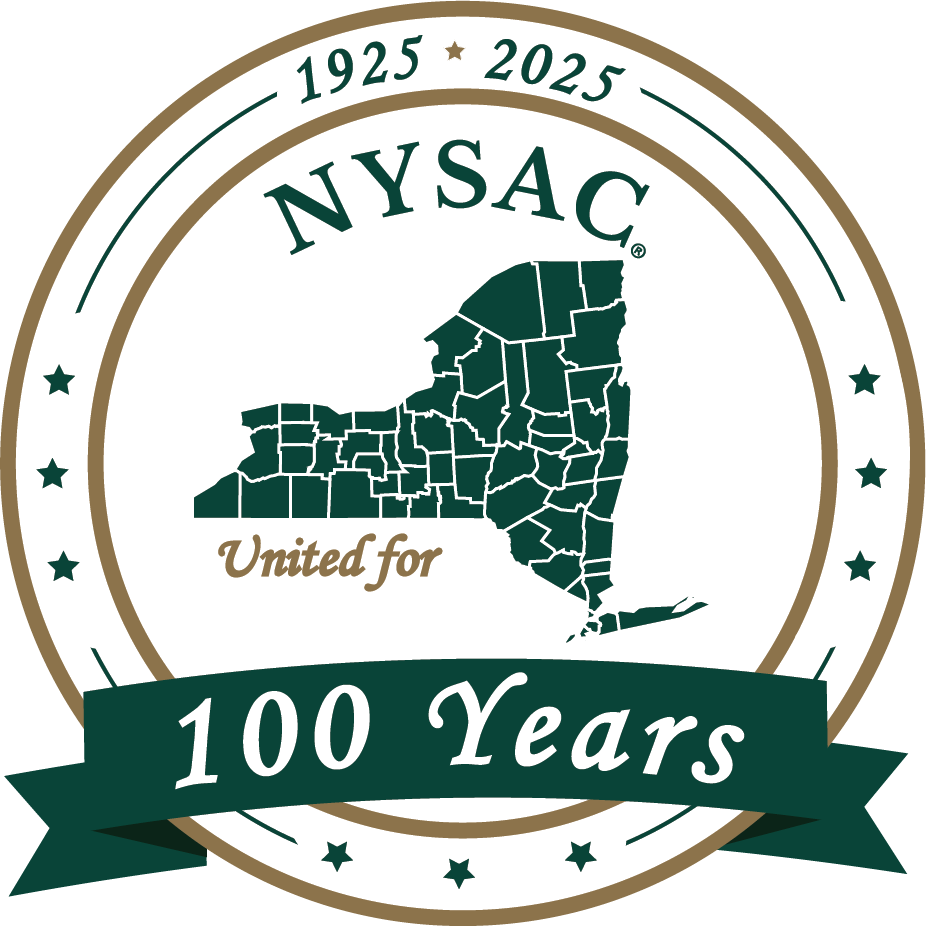Saving Early Intervention
New York State’s Early Intervention Program (EIP) serves children, ages 0-3, with a developmental delay (consistent with criteria established in regulation) or with a diagnosed condition with a high probability of resulting in delay.
Early intervention services are family-centered, involving parents and caregivers in all aspects of planning and service delivery for individual children, and are designed to enhance the child’s development and the family’s capacity to help their child.
New York’s EIP is one of the largest in the nation, delivering services pursuant to individualized family service plans (IFSPs) to approximately 70,000 children and families in most years. Services provided under the EIP include EI service coordination, evaluation, special instruction, speech-language therapy, occupational therapy, physical therapy, psychological services, nursing, audiology, family training, parent support, nutrition, vision, social work, and assistive technology (AT) devices and services.
The EIP is under Part C of the federal Individuals with Disabilities Education Act (IDEA). At the federal level, oversight of the statewide EIP is through the Office of Special Education Programs (OSEP) in the U.S. Department of Education. The EIP was established in New York in Title II-A of Article 25 of the Public Health Law and was implemented on July 1, 1993.
The Problem
When treating very young children with developmental delays, time is of the essence as the connections in a baby’s brain are most adaptable in the first three years of life.[1] Unfortunately, as a result of state disinvestment in the Early Intervention Program, in FFY 21, only 69.2% percent of children received services 30 days or less from the date of the authorizing IFSP. This represents a 30% decrease from FFY 20.[2] In practical terms, this means roughly 21,000 children waited more than 30 days to receive services.
State-funded reimbursement rates are at their lowest point in decades. Even with the 5% increase in rates paid to select providers (occupational therapists, physical therapists, and speech-language pathologists) that were included in SFY20 enacted budget, reimbursement rates are lower now than they were in the 1990s. The reduction in rates is not due to inflation but to two actual cuts to EI reimbursement payments. In April 2010, the State imposed a 10% rate cut for all EI services taking place in children’s homes or community settings, which reduced resources for nearly all EI services. New York State then cut the rate for all EI services by an additional 5% in April 2011.
Further exacerbating the challenge of delivering services to children in need is the fact that provider rates which are set by the Commissioner of the NYSDOH through the Bureau of Early Intervention, have not materially increased over the years. This has resulted in more providers leaving the field. Additionally, since the inception of the program, providers have not been reimbursed for “no-show” appointments. Meaning, if a provider traveled to an individual's home and spent an hour each way traveling to the appointment, they would not be reimbursed, because there weren’t any services delivered to a child.
[1] https://www.cdc.gov/ncbddd/actearly/whyActEarly.html
[2] https://www.health.ny.gov/statistics/community/infants_children/early_intervention/local_program_performance/new_york_state.htm
Recommendations
NYSAC has advocated for an increase in EI provider rates to help stabilize the industry and prevent more providers from leaving the field. However, counties are not in a financial position to pay for 50% of the rate increase. Therefore, counties encourage the state to increase the covered lives assessment fee on commercial insurance to pay for provider rate increases.
This policy action would be cost-neutral for both the state and counties.

Recommendation 1
Reform EI Transportation
Counties spend hundreds of millions of dollars on for-profit transportation companies to transport children receiving early intervention services to center-based care. Meanwhile, school districts cannot retain bus drivers, and in many cases, are already serving older children in the same neighborhoods.
NYSAC encourages the state to require school districts and counties to work together to identify potential transportation solutions for the 0-3 early intervention caseload and the 3-5 pre-K special education population. It should be noted that many school districts transport regular ed students to the same locations as the 3-5 pre-k special education population.

Recommendation2
Implement Reforms to the State Fiscal Agent (SFA)
Providers and counties are responsible for entering claim data into the SFA. This bureaucratic process has frustrated many providers. BEI is working with PCG to develop a new SFA to replace the existing system.
This new EI Hub must be more user-friendly for providers.

Recommendation 3
Address the Administrative Cost Reimbursement Rate for Counties
While school districts have received significant increases in administrative reimbursement rates over the past several years, county rates for the early intervention program have remained stagnant. Without additional resources, counties have a challenging time recruiting and retaining early intervention program staff. The administrative cost reimbursement rate for counties should be increased to be equal to that for school districts.

Recommendation 4
Allow SLPAs to Practice in the Early Intervention Program
A speech-language pathology assistant (SLPA) is a support personnel who, following academic coursework, fieldwork, and on-the-job training, performs tasks that are prescribed, directed, and supervised by a certified and/or licensed speech-language pathologist. Currently in New York State, Speech Language Pathologists (SLPs) are required to perform all evaluations and services for speech/language in the Early Intervention Program (EIP). Shifting service delivery for some of the most common speech issues to qualified assistants would result in more effective use of limited SLPs by allowing SLPs to work at the top of their license and focus 1on services that only they are qualified to provide, such as feeding services and other services for high needs children.
Download the Factsheet
Contact Us
New York State Association of Counties
515 Broadway, Suite 402
Albany, NY 12207
Phone: (518) 465-1473
Fax: (518) 465-0506
